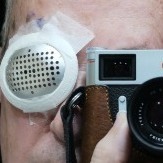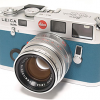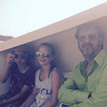New to RF, new to film. Help me pick films for a trip.
-
Recently Browsing 0 members
- No registered users viewing this page.
-
Similar Content
-
Apple Picking
By war,
- 1 reply
- 142 views
-
- 63 replies
- 4,878 views
-
- 3 replies
- 416 views
-
- 5 replies
- 395 views
-
- 96 replies
- 20,631 views
-





Recommended Posts
Join the conversation
You can post now and register later. If you have an account, sign in now to post with your account.
Note: Your post will require moderator approval before it will be visible.